Ukraine authorities attempt to track down thousands of ‘social orphans’
After the Russian invasion, almost 100,000 Ukrainian children were forced to leave institutional care. With help from Unicef, the government is still trying to reach about 26,000 of them
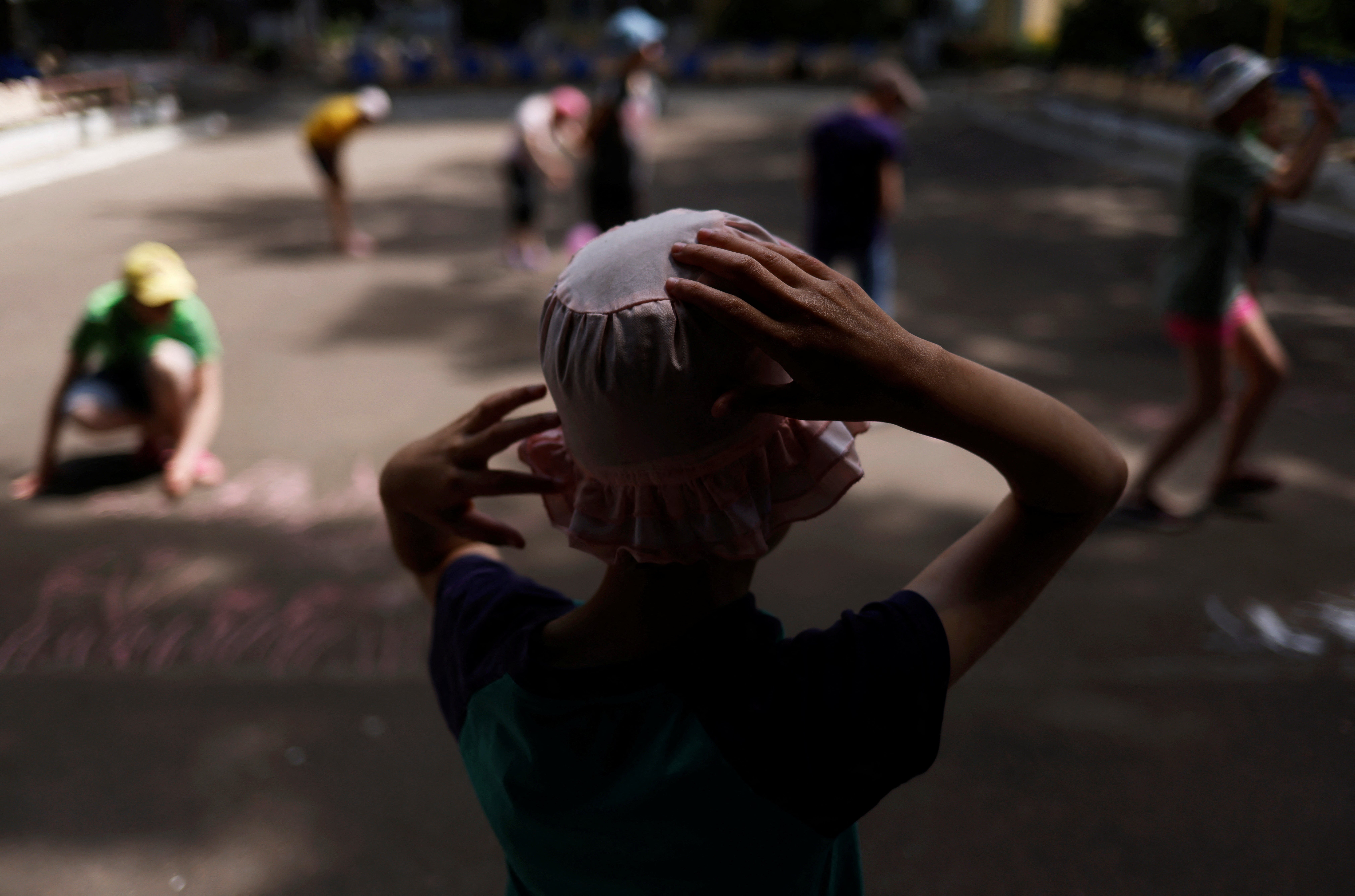
Your support helps us to tell the story
From reproductive rights to climate change to Big Tech, The Independent is on the ground when the story is developing. Whether it's investigating the financials of Elon Musk's pro-Trump PAC or producing our latest documentary, 'The A Word', which shines a light on the American women fighting for reproductive rights, we know how important it is to parse out the facts from the messaging.
At such a critical moment in US history, we need reporters on the ground. Your donation allows us to keep sending journalists to speak to both sides of the story.
The Independent is trusted by Americans across the entire political spectrum. And unlike many other quality news outlets, we choose not to lock Americans out of our reporting and analysis with paywalls. We believe quality journalism should be available to everyone, paid for by those who can afford it.
Your support makes all the difference.At the Odesa Orphanage-Boarding School four months after Russia invaded Ukraine, an air raid alarm sent nurses in white coats hurrying residents into a basement beneath the kitchen. Among them was Tanya, a slight 12-year-old who favours a pink sun hat.
On 15 June, Tanya, who is autistic and does not speak, was moved from the institution, her home of four years, following an order from the local government in March to evacuate. Tanya, like most children in Ukraine’s vast orphanage system, has parents but they were unable to care for her properly so the state took over, the orphanage director said.
Tanya and the orphanage’s remaining four disabled children travelled 500 miles by rail to a different state institution far from the fighting, along with others from local homes.
The 11-hour train journey succeeded in bringing Tanya to safety, but for 40 days she and 16 other children whom Reuters followed from Odesa institutions did not appear in Ukraine’s national database. Not until 25 July did national authorities say their location was registered.
It was one example of the difficulties Ukraine has faced tracing children scattered by war. Tanya and the others she travelled with are now fully accounted for, but Unicef says it has yet to track 26,000 other children who – rather than being moved within the orphanage system – were returned to families or legal guardians after Russia invaded.
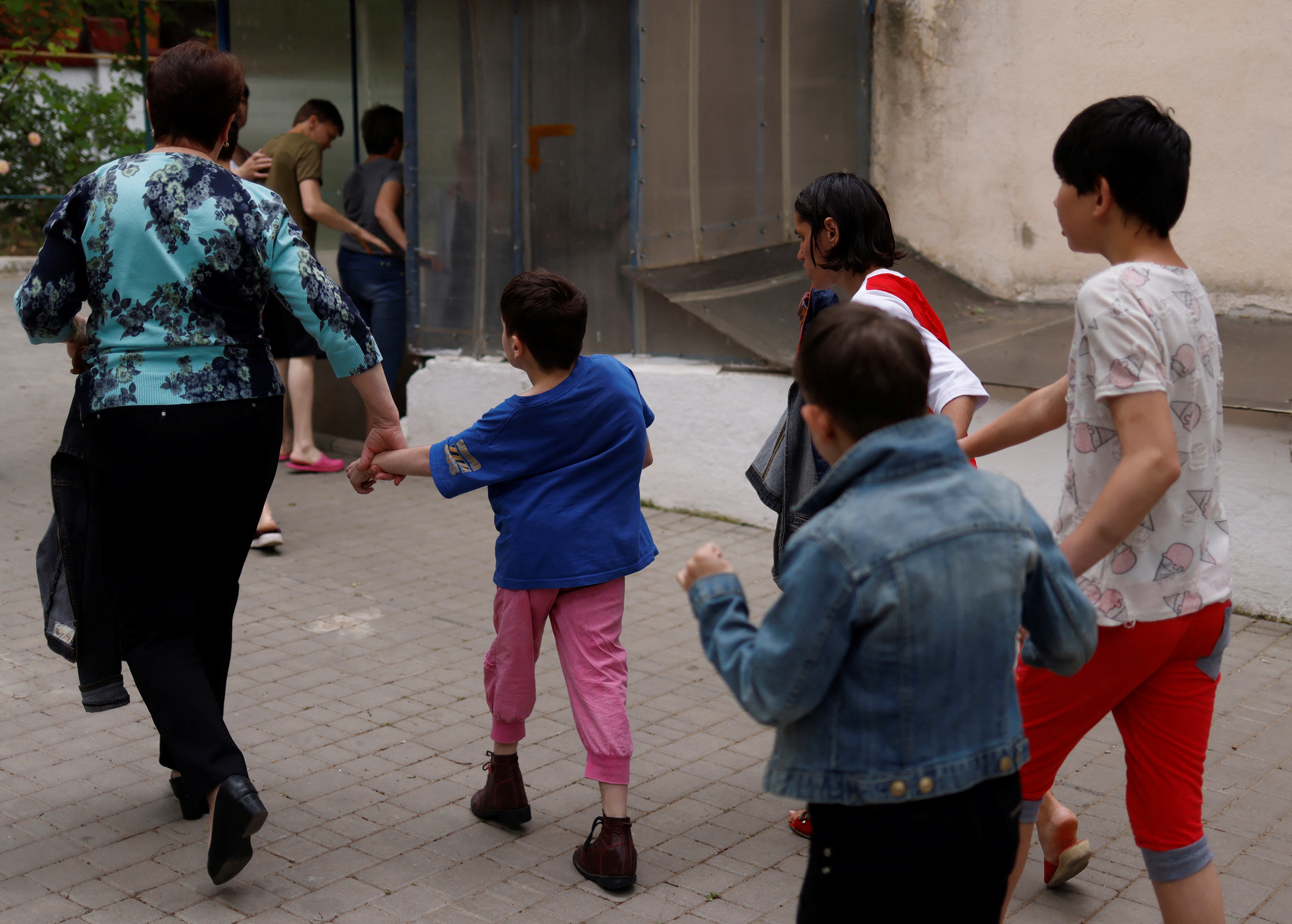
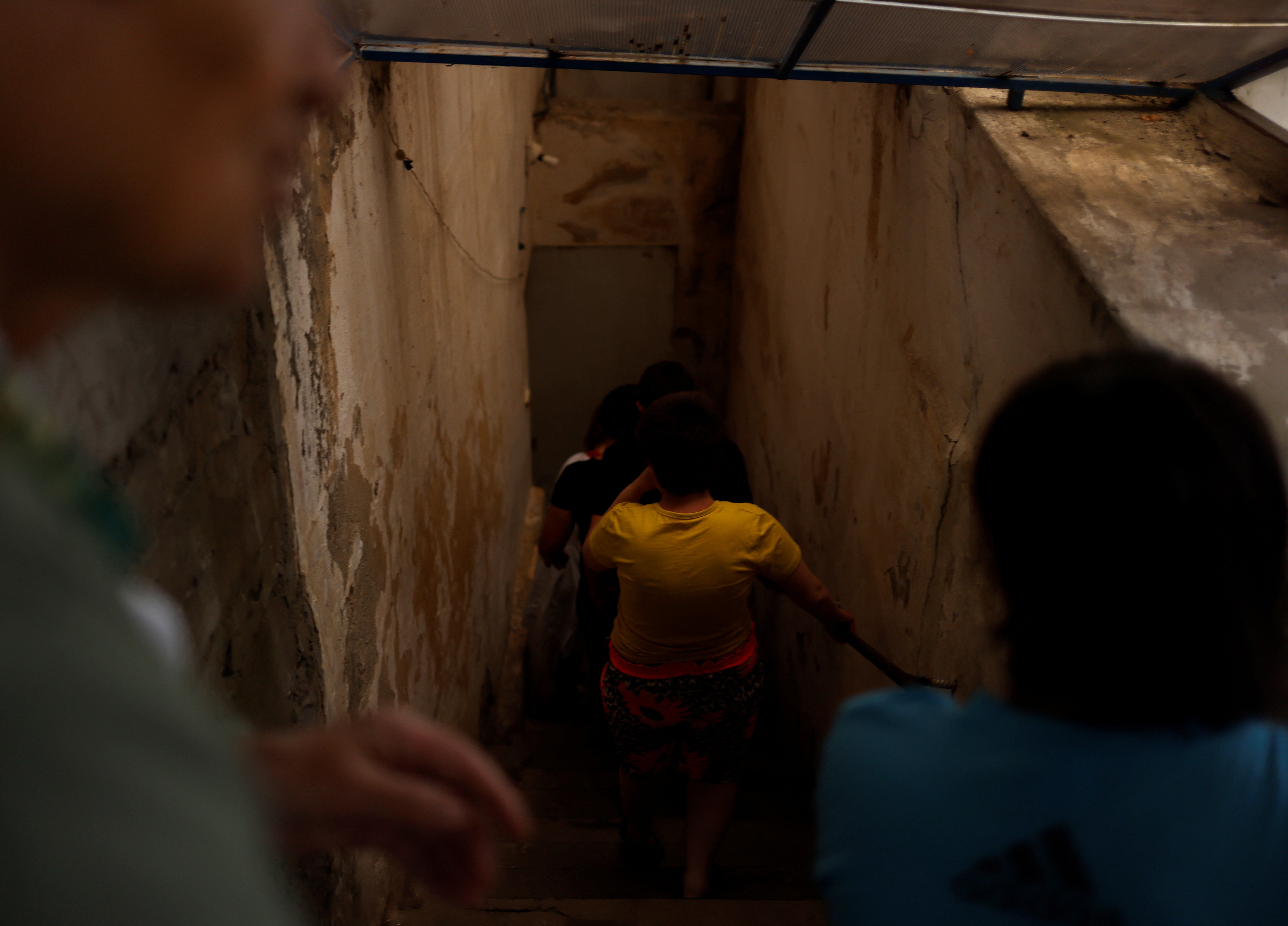
Reuters spoke to more than a dozen children’s rights specialists, child protection organisations and government officials in Ukraine and beyond to recount the country’s effort to trace the children dismissed from orphanages. Tanya’s family could not be reached for comment.
Any attempt to track people fleeing an invasion is fraught. But child protection workers and international organisations including the UN said they were concerned about the lack of information or record-keeping by Ukrainian ministries on where the children are. UN officials warned that some might be exposed to violence or human trafficking.
Ukraine’s National Social Service (NSS), tasked with overseeing children’s rights, said it had done “everything possible to preserve the lives and health of children and prevent them from being left in the epicentre of hostilities”. It said that support for families is provided by specialised social services, and that it was working to resolve problems.
When Russia invaded on 24 February, there were 105,000 children in Ukraine’s network of more than 700 institutions – known as orphanages or “internats” – either full-time or part-time. That’s just over 1% of the child population – the highest rate of institutionalisation in Europe, according to data from the EU and Unicef.
About half the children in Ukraine’s orphanages were disabled, according to Unicef. But Ukraine’s state record-keeping system was not capable of tracking or tracing children sent home from institutions, according to the Government Reform Support project in Ukraine (SURGe), a Canadian government-funded agency contracted by the NSS to help support it.
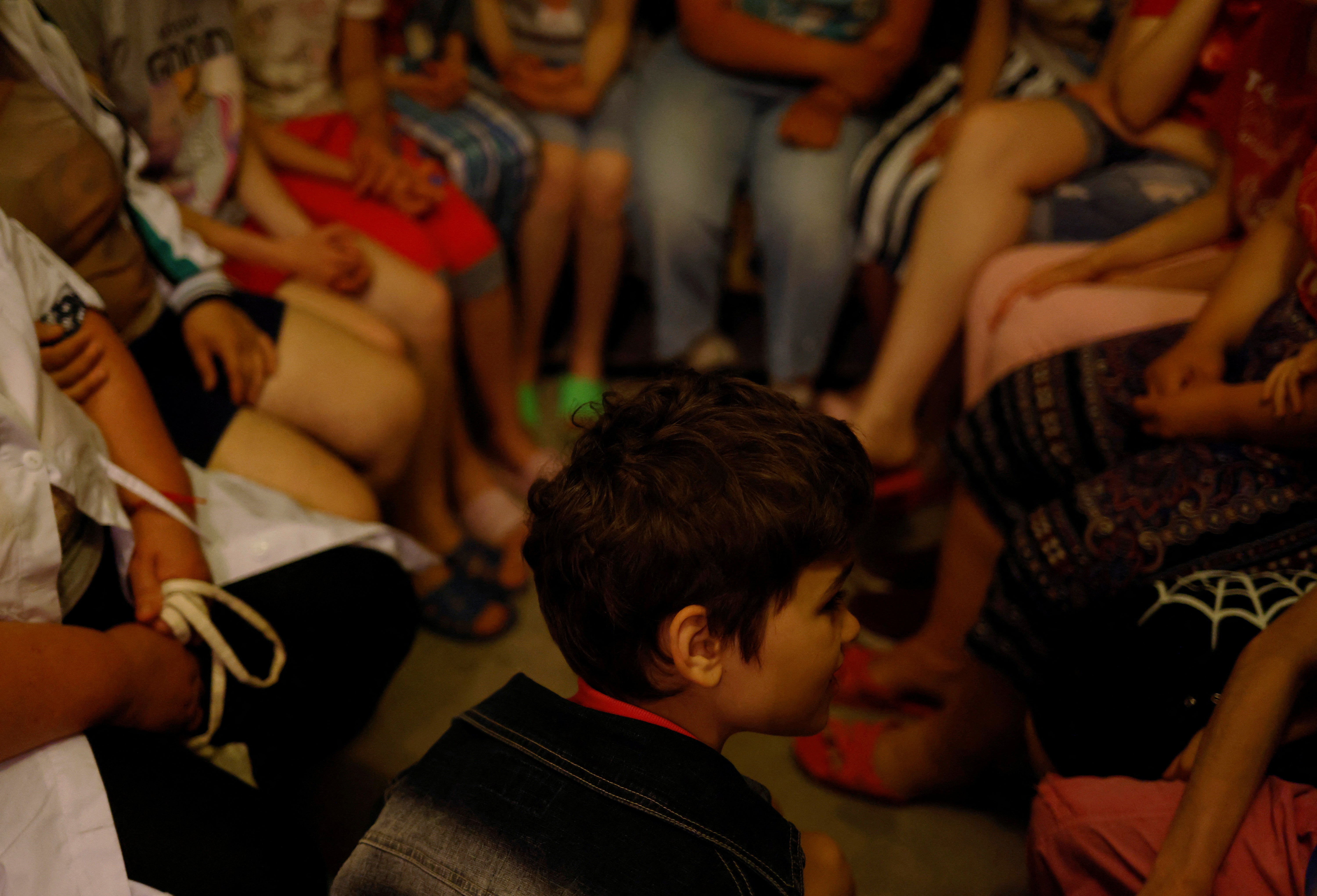
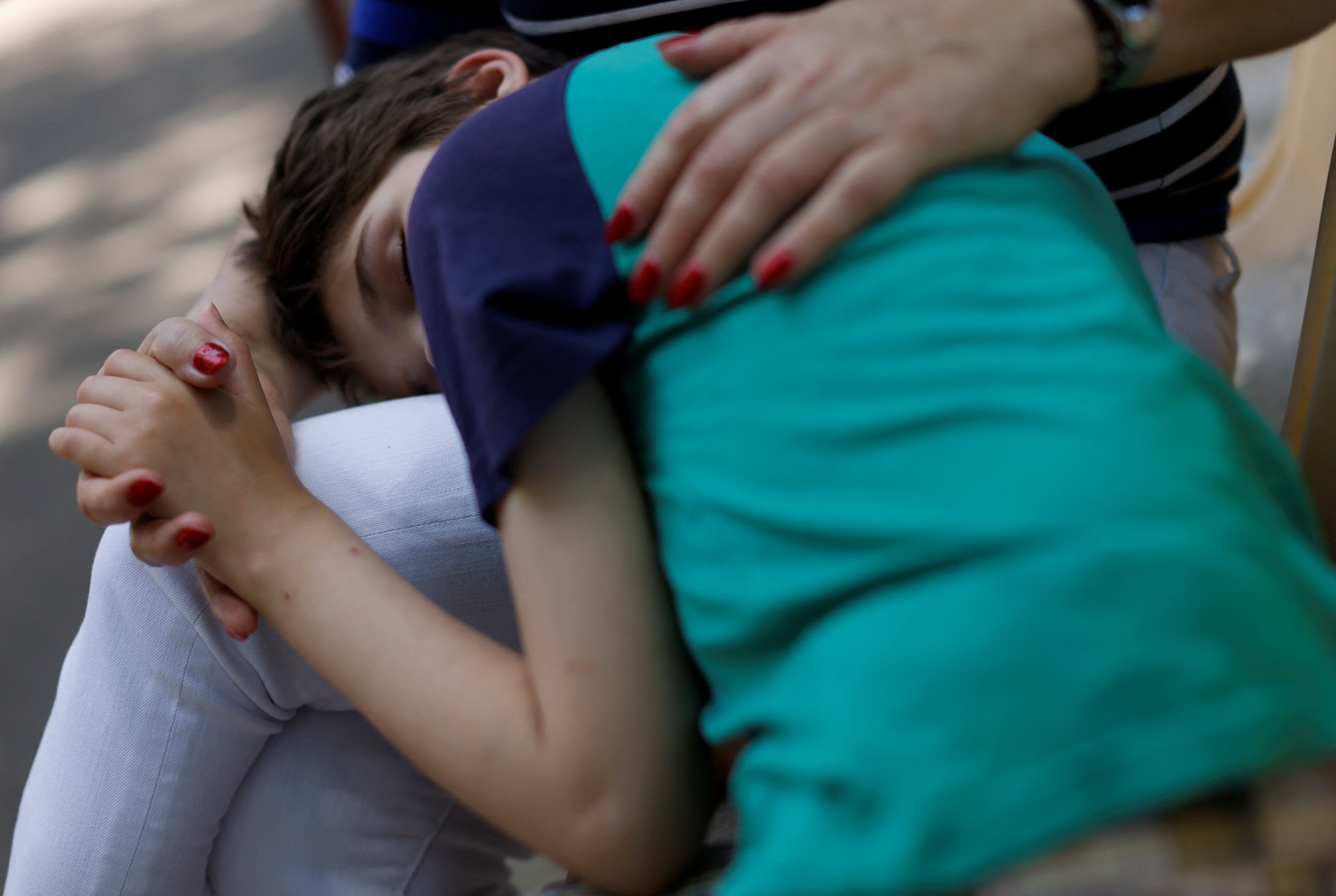
Instead, the database held general information about children such as whether they had siblings or disabilities, or were eligible for adoption. The team at SURGe began to collect data on the status of children from orphanages manually. It also started to build a data-collection module to add to the database, which began operations in May.
The task was complicated by the fact that the internats come under three different ministries, with responsibility spread across 24 regions, a SURGe spokesperson said.
By late June, SURGe said it had received data from 750 out of 751 orphanages in Ukraine on the number of children sent home, evacuated and remaining.
By 29 July, more than 96,000 children had been dismissed – sent back to parents or guardians – SURGe’s data showed. A further 1,900 children – with parents, like Tanya – had been evacuated to other orphanages within Ukraine.
Of 48,000 children who were full-time residents, 38,800 were returned to parents or guardians, according to NSS and Unicef statistics. The government and Unicef are now working to visit those children.
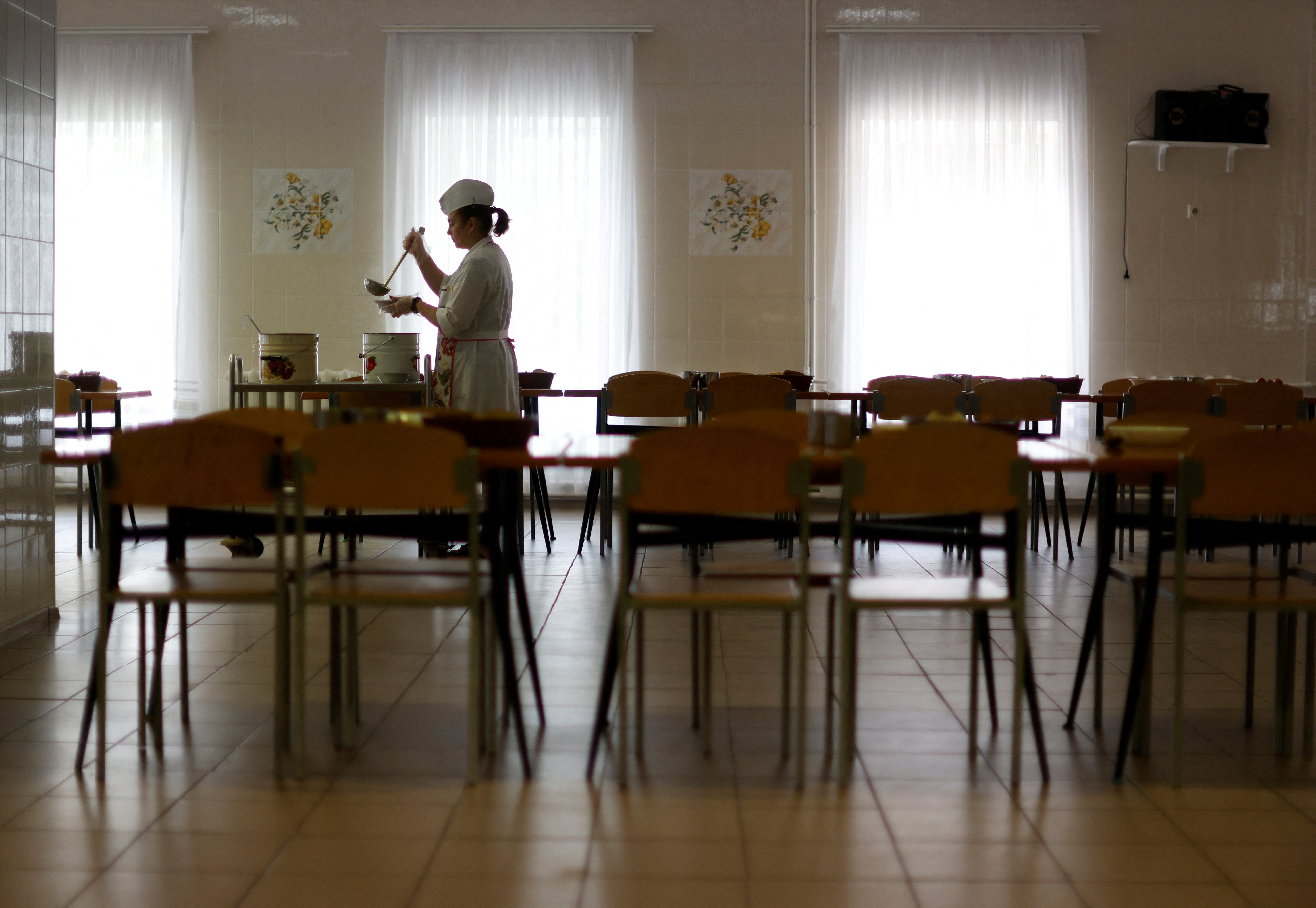
Unicef and its local partners say that means locating and visiting each child, including in places where there is fighting.
“Unless you visit every location,” said Aaron Greenberg, Unicef’s senior regional adviser for Europe and Central Asia, child protection, “it’s hard to determine whether there are children missing.”
By the end of July, Unicef and its partners had prioritised 13,047 of the children returned to families from 24-hour care as the most vulnerable and in need of support. They said they would continue to monitor those children and were working to reach others.
On 11 August the UN Human Rights Commission expressed alarm about the wellbeing of children with disabilities from Ukraine’s internats. Besides “known problems” within the system, the commission’s experts said, “There is now a lack of information regarding the children’s whereabouts.”
The known problems it mentioned included neglect, abuse and physical restrictions.
Daria Herasymchuk, who works in President Volodymyr Zelensky’s office as Ukraine’s commissioner for children’s rights, said the government had asked ministries with children under their care to monitor their wellbeing and their parents’ capacity to provide them with care at home. But asked about children from institutions who were not tracked, she said coordination needed to be improved.
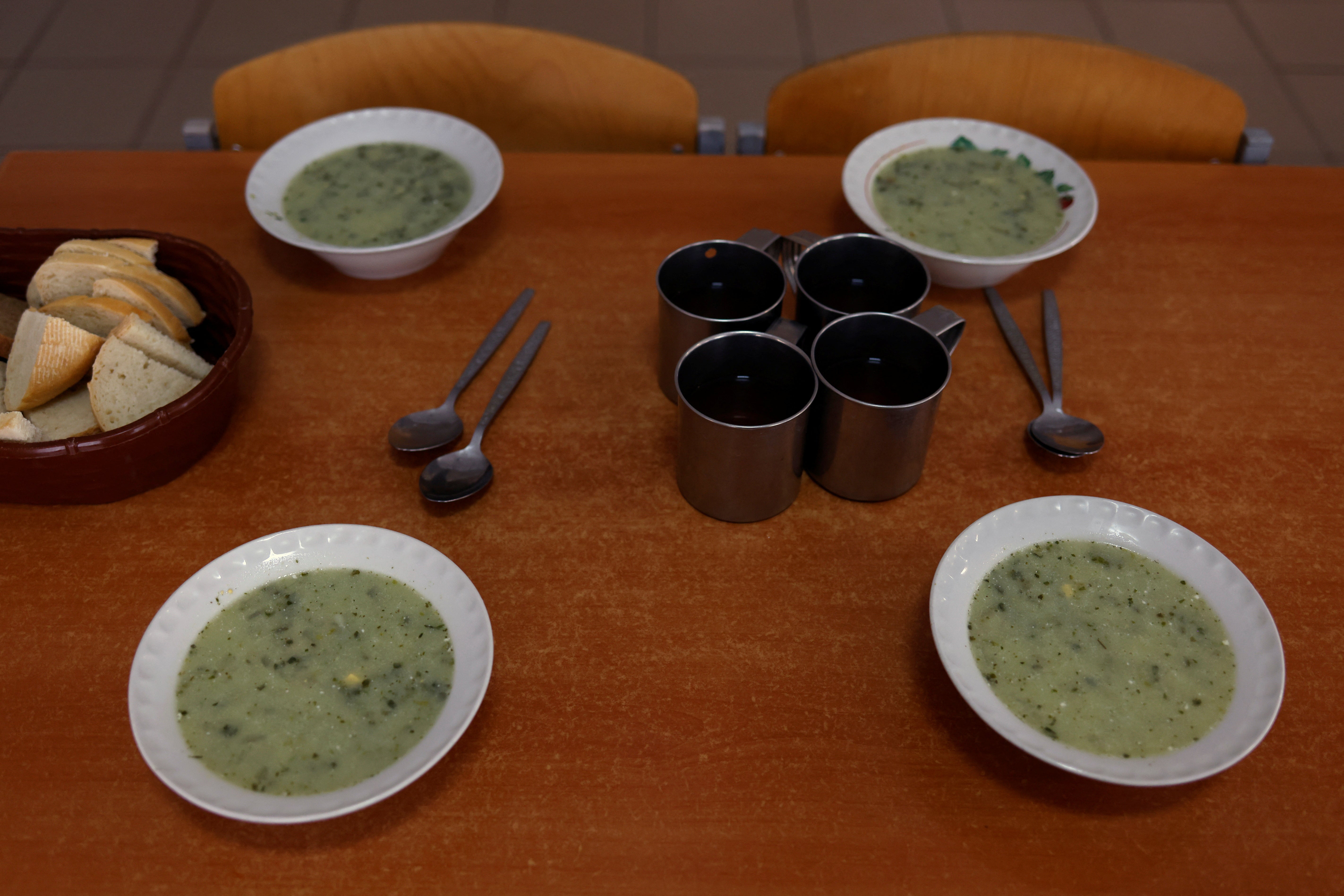
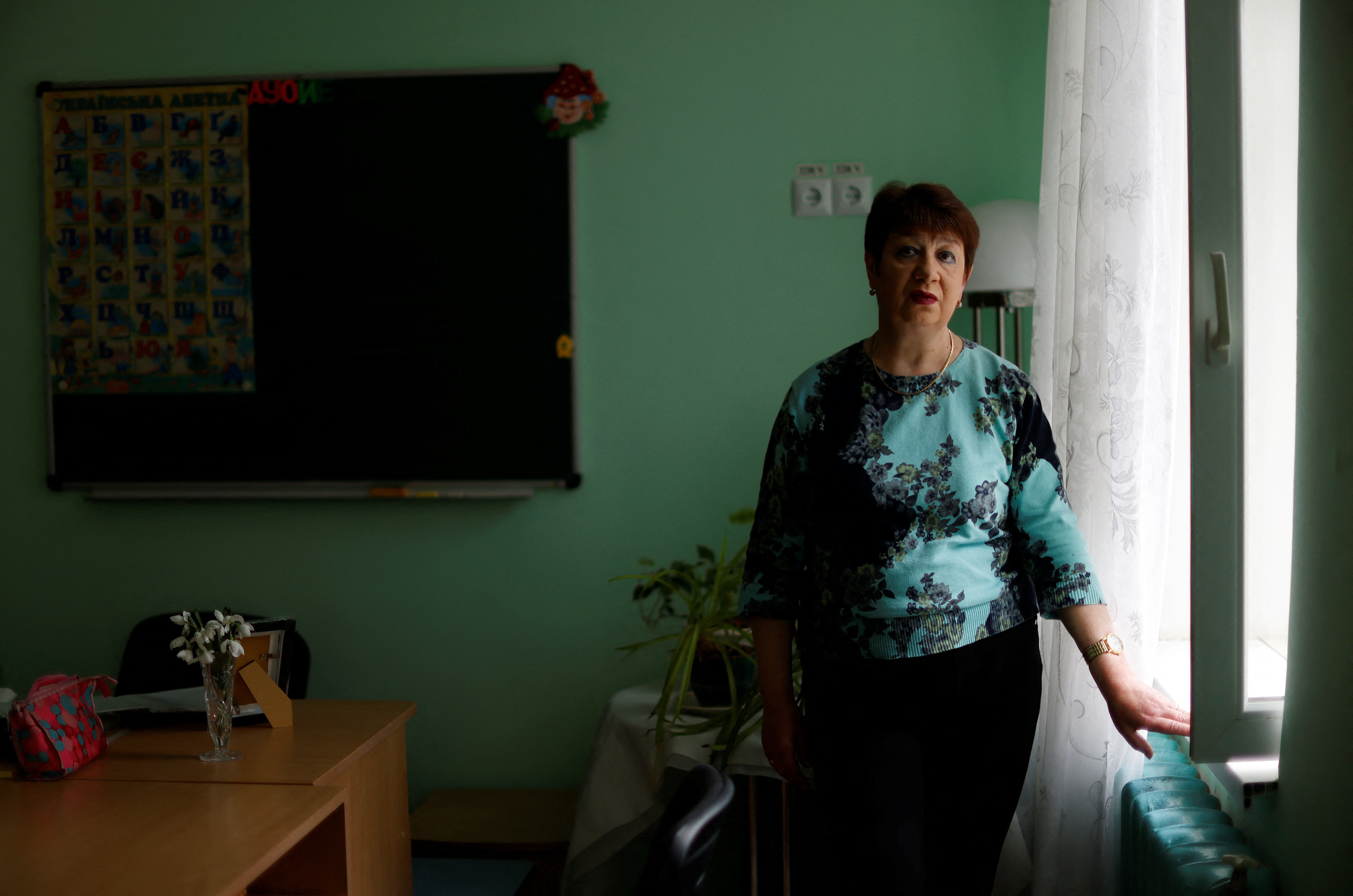
Herasymchuk’s office also said it has no information on the condition of 4,777 children sent home from orphanages under Russian occupation in Luhansk, Donetsk and Kherson since the war began. A government website launched in August said Ukraine had collected reports that more than 7,000 children had been taken to Russia.
Tanya, like nine in 10 of the children in Ukraine’s orphanage system, is a “social orphan” – children whose parents are unable to care for them or are denied parental rights under Ukrainian law.
The laws specify that children may be taken from parents who have chronic addictions or criminal records, for example, or who do not educate their children. Some parents leave children in institutions while working abroad. Asked to comment on the numbers involved, Herasymchuk did not respond.
Tanya’s parents could not stop working to care for her, orphanage staff said. They signed away their parental rights, the director said. As Tanya’s legal guardian, he declined to make them available for interview and it was not possible for reporters to locate them independently. He also declined to share any documents related to Tanya.
This was not the first time Ukraine dismissed institutionalised children en masse. Despite that, child protection workers say the country was poorly prepared.
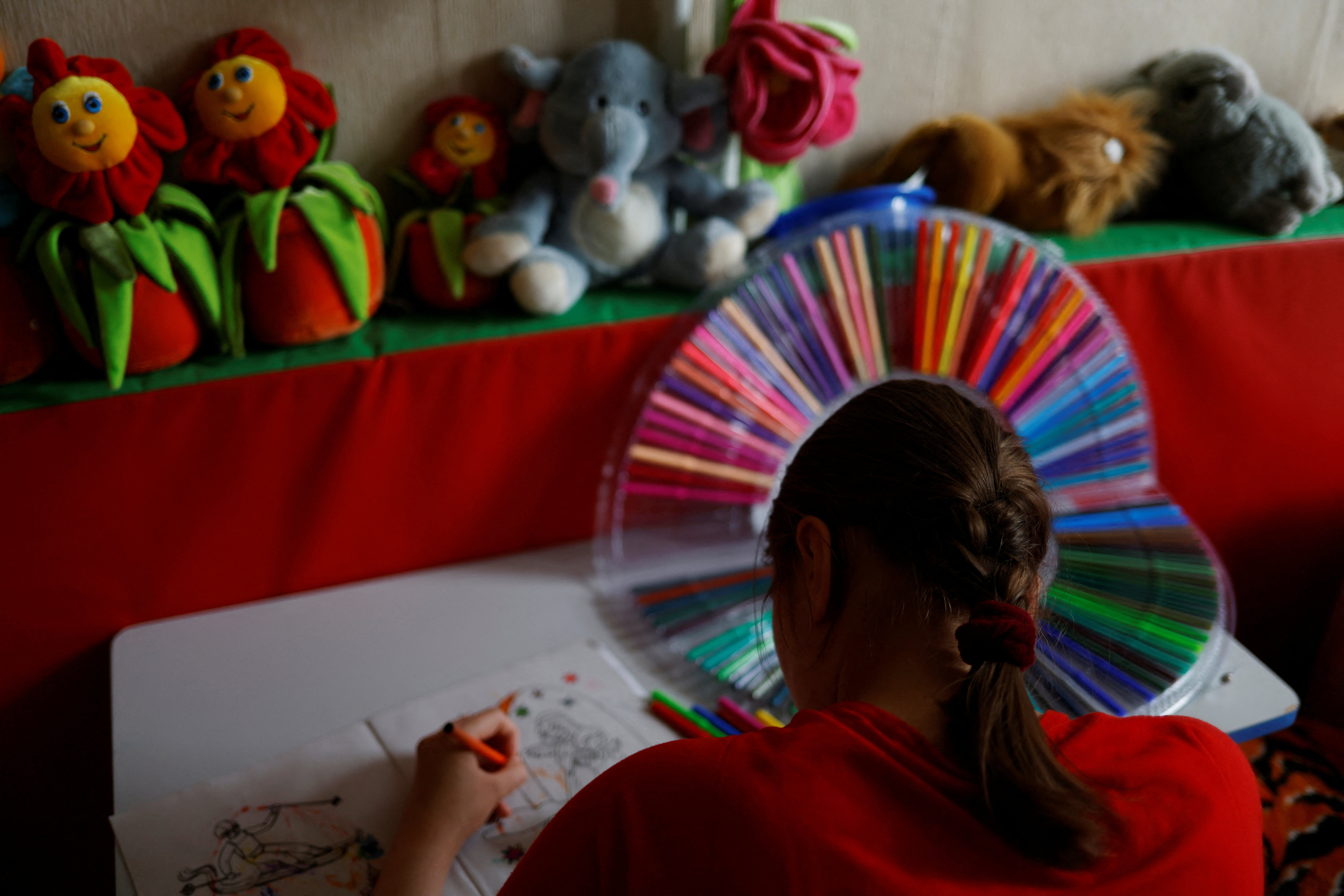
At the start of the Covid-19 pandemic in 2019, Unicef said, 42,000 children, including those with disabilities, were discharged from care without checking their family conditions.
Greenberg said it had unsuccessfully urged Kyiv to adopt software that it and governments use around the world to produce a digital trail following children. Such software allows for children’s medical records and health needs to be recorded.
Zelensky’s office and the NSS did not respond to a request for comment.
In late March, a Ukrainian charity, Partnership 4 Every Child, signed a contract with Unicef to gather information on and support children from orphanages affected by war.
Because there was no centralised data, it drew up a list of institutions to contact and sent social workers to visit the families or asked local child services to visit, said Vasylyna Dybaylo, the charity’s director.
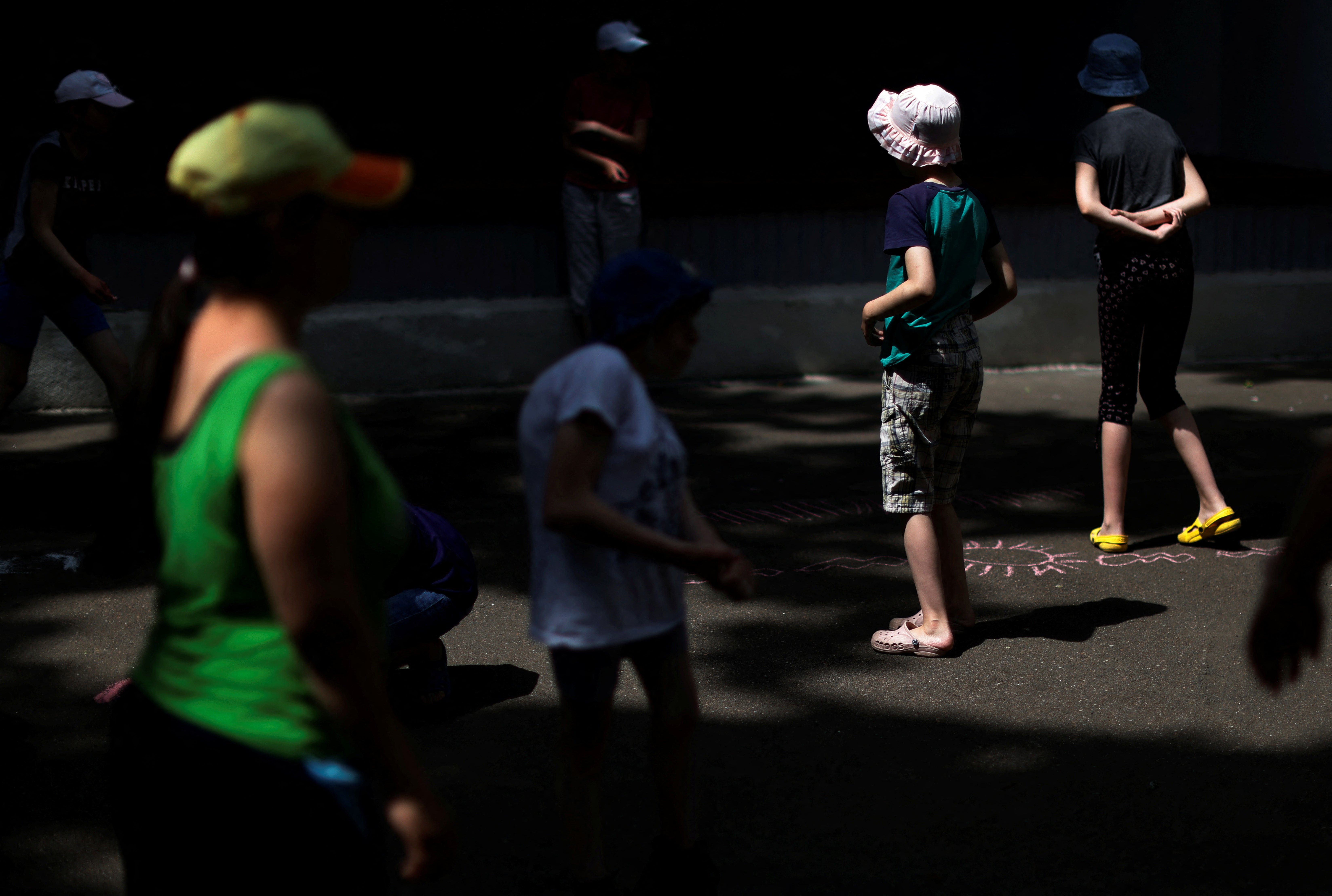
She said reports so far had not uncovered any cases of missing children. In two instances after the charity visited children returned to families, she said authorities rehoused them because of “stress to their life or health”.
Preliminary reports from the visits showed that families’ needs ranged from beds to physical therapy, Dybaylo said; many parents were worried about education when schools restart in September.
Ukraine ratified the right to family, part of the UN Convention on the Rights of the Child, in 1991.
That right is part of the EU’s charter and other states in eastern Europe such as Romania and Slovakia have received EU funding to close institutions that house children, said Peter McDermott, the CEO of Lumos, a UK-based charity working to end systemic institutionalisation.
Ukraine, recently admitted as a candidate to join the EU, has not received EU funds to close institutions and has bucked that trend. Since 1990, the rate of children in its institutions has increased almost fourfold, the most recent comparable data shows. In nearby EU countries, it was flat or fell.
Poverty is the main reason children are sent into institutions – 80% of families fall below the poverty line after the birth of their second child, according to a 2021 study on child protection systems by Ukraine’s former commissioner for children’s rights, Mykola Kuleba.
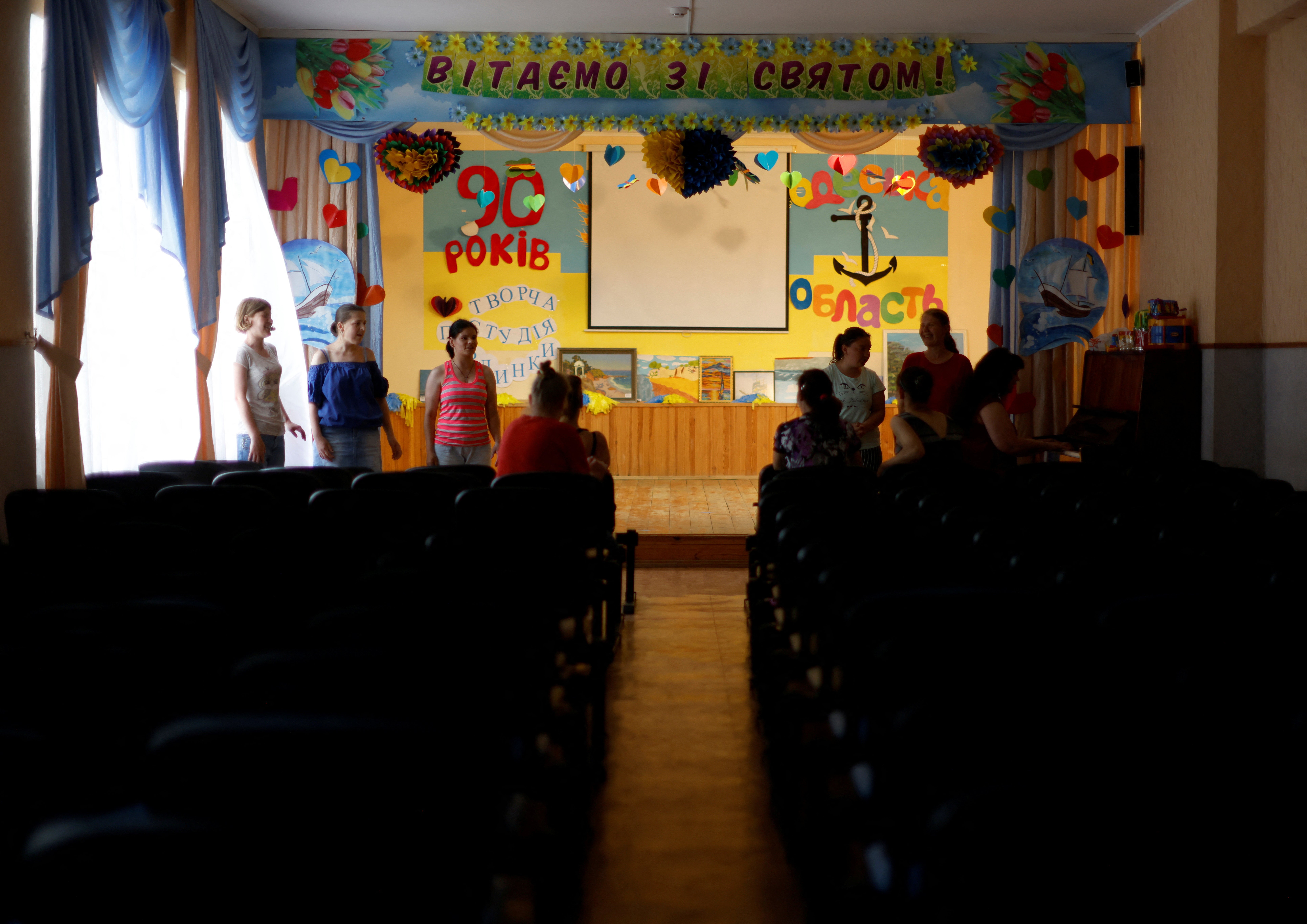
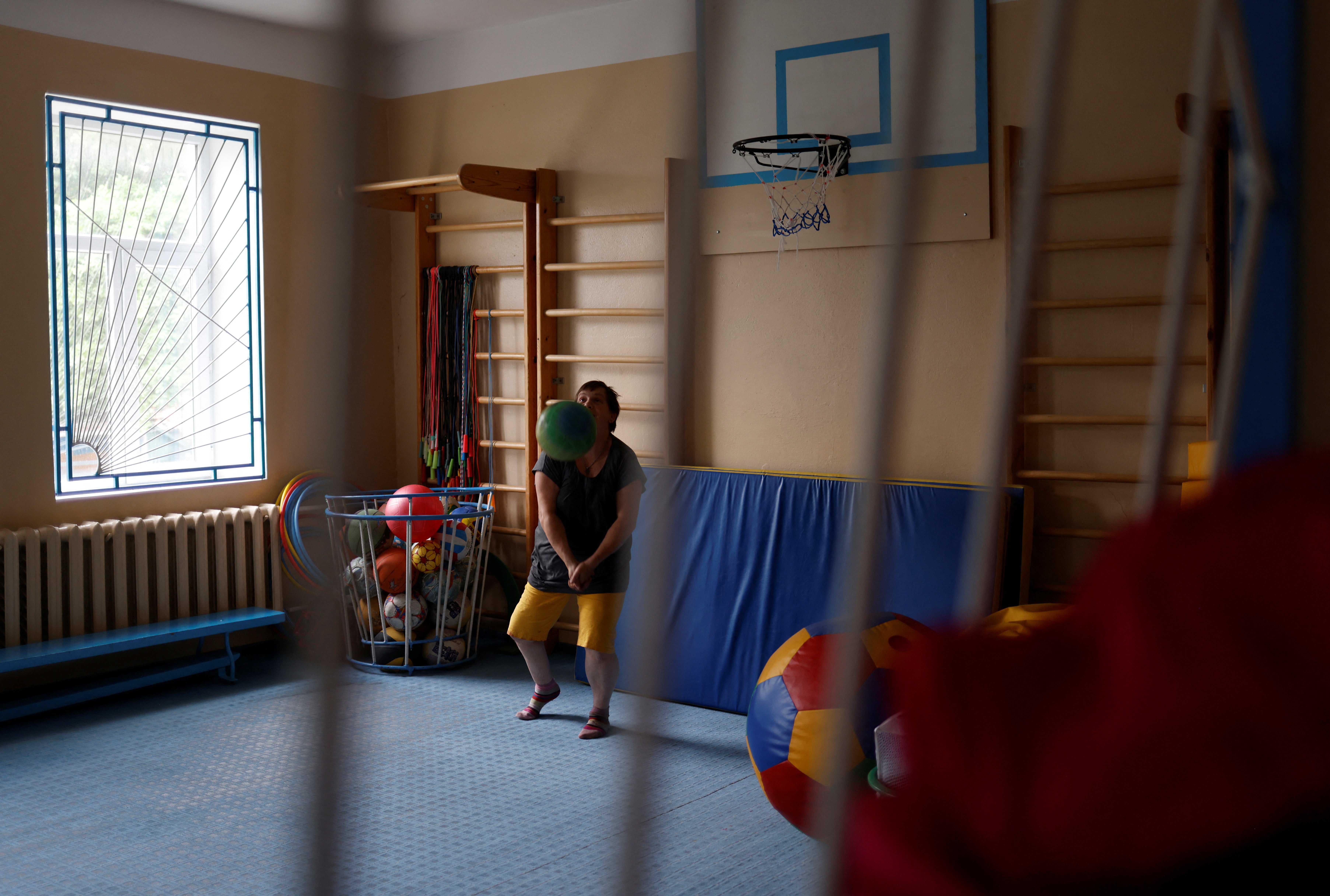
One parent, Lyudmila Kryvoshchiy, who lives south of Kyiv, said she took her 10-year-old son Artem – who has Down’s syndrome - back home when the internat where he boarded in central Ukraine was closed for COvid quarantine two weeks before the war started.
At home, Artem was offered online consultations with a psychologist and a speech therapist, but he would not look at the computer, his mother said. Now he spends all day glued to his smartphone, she said, adding she had hoped the war would be over and Artem would be back in school by now.
“He was more independent at school,” she said. “That’s why I liked this educational institution.”
Some childcare professionals say that the longer a child stays in an institution, the more likely they are to suffer developmental damage.
“Children need to be able to form an attachment to at least a single adult,” said John Williamson, an American social worker who worked for more than 40 years on programmes for children outside family care and was a consultant for organisations including the UN.
With that in mind, in 2017, Ukraine drew up legislation to reduce the number of children in its institutions. The Odesa boarding school where Tanya lived was meant to be part of that effort, its director said.
Visitors in June caught the fragrance of roses lining the path to squat buildings. In the garden, residents tended tomatoes, lettuce and eggplants. Overhead, rooftops were painted with white squares and red crosses.

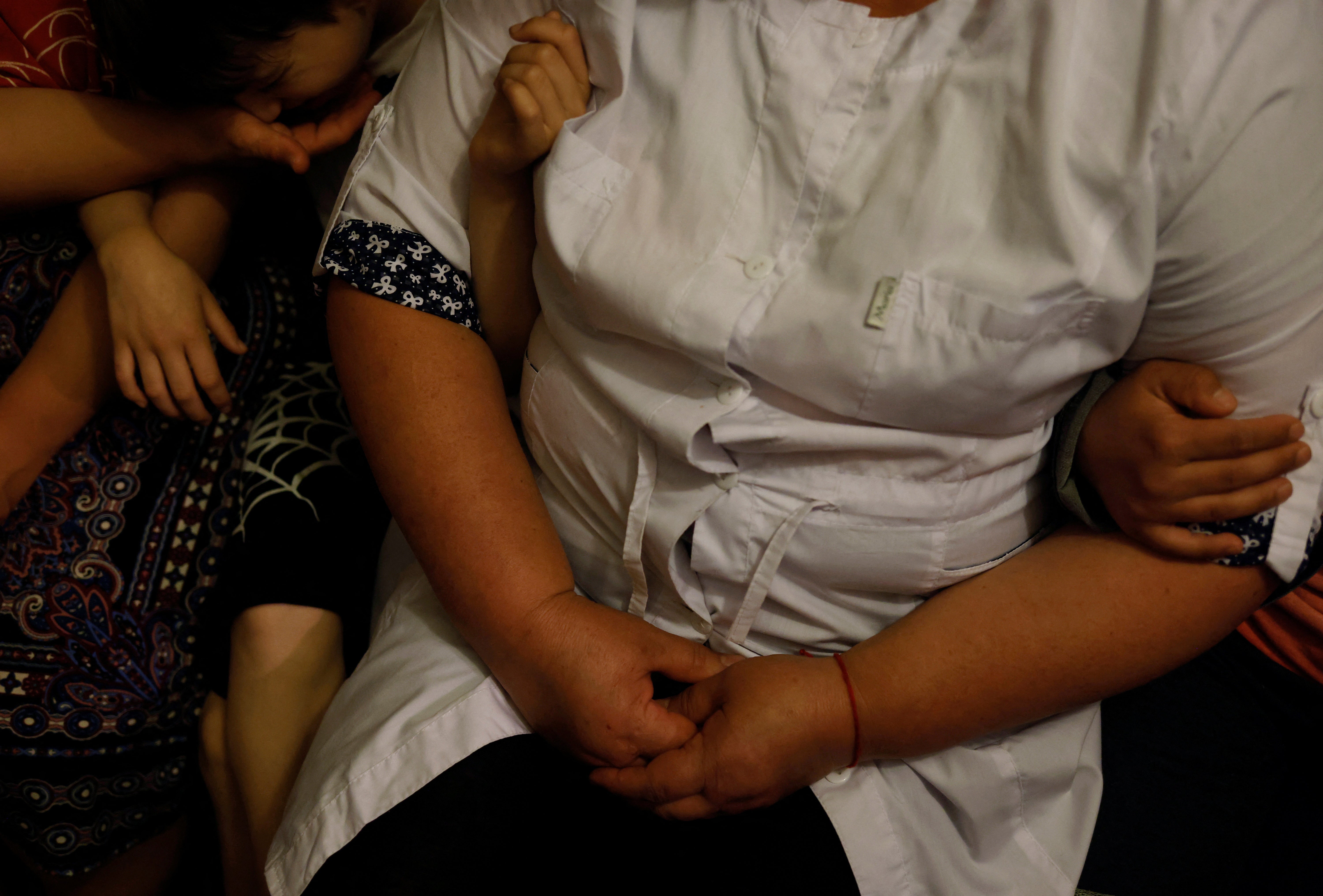
Orphanage director Andriy Pechenyi said it housed about 110 people before the war, a mix of disabled children and adults. A former comedian, he said he and President Zelensky had been part of the same comedy troupe, although at different times. He took up this role in 2021 to help with reforms.
“We all understand that there won’t be children in orphanage boarding schools in Ukraine soon,” Pechenyi said. “We are heading in the European direction.”
Children with disabilities are evaluated by a “defectologist” before being placed in internats ranked along a spectrum of special needs.
Irina Nikolaeva Ogurtsova, the defectologist who worked with Tanya, said children in Odesa attended three 35-minute classes a week, mostly speech therapy and communication. The rest of the time they joined in other activities – gardening, sewing, drawing and painting, staff said.
In Odesa when reporters visited, residents flocked around the director, hugging him spontaneously or seeking to show him craftwork. Some also clung to reporters, asking for hugs.
In June 2021, Zelensky’s government backtracked on some of the 2017 reforms, approved under a previous administration. It decided to exclude some kinds of institutions and keep about 50,000 children in care – including those with special needs and children under the age of three.
Zelensky did not respond to a request for comment on the decision. Herasymchuk said Ukraine wanted to reform the system, but the government first needed to provide support to families to allow them to care for their children independently.
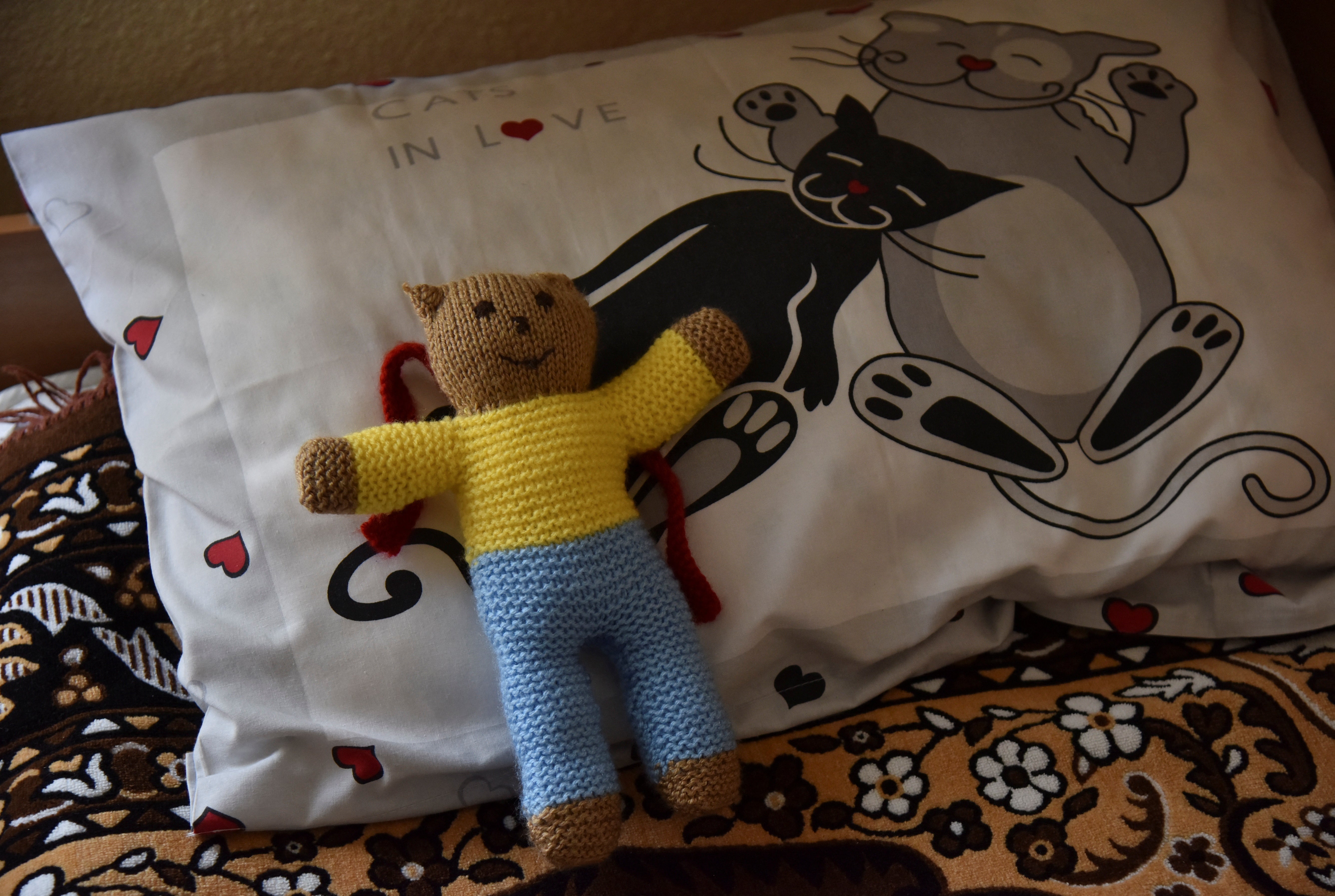
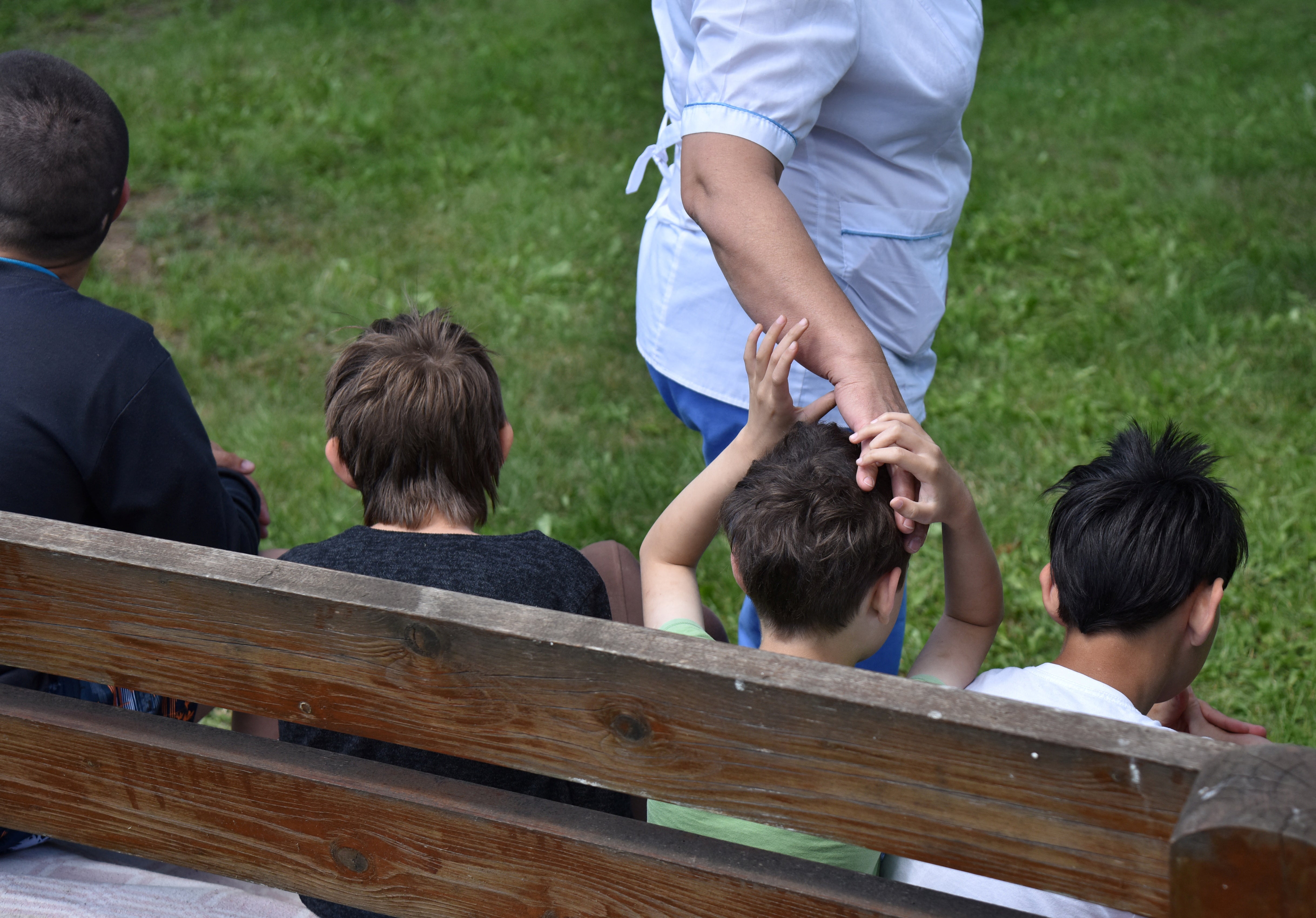
Closing schools is a politically sensitive endeavour in Ukraine since the orphanages represent one of the few reliable providers of jobs and also bring in cash to local communities, child protection experts say.
Ukraine’s government does not publish aggregated data on their budgets. In a 2021 report, Kuleba said maintaining one child in them costs more than 200,000 hryvnia (about £5,000) a year on average. For comparison, Ukraine’s GDP per capita last year was about £4,300, according to the World Bank.
Tanya first entered the Odesa orphanage in 2018 aged eight, after her parents divorced and her mother had a second child, staff said.
In June, as the war pushed closer to Odesa, orphanage staff said they phoned Tanya’s mother to ask if she could collect her.
She still didn’t have the resources, so the state took responsibility for moving Tanya to another institution, Pechenyi said.
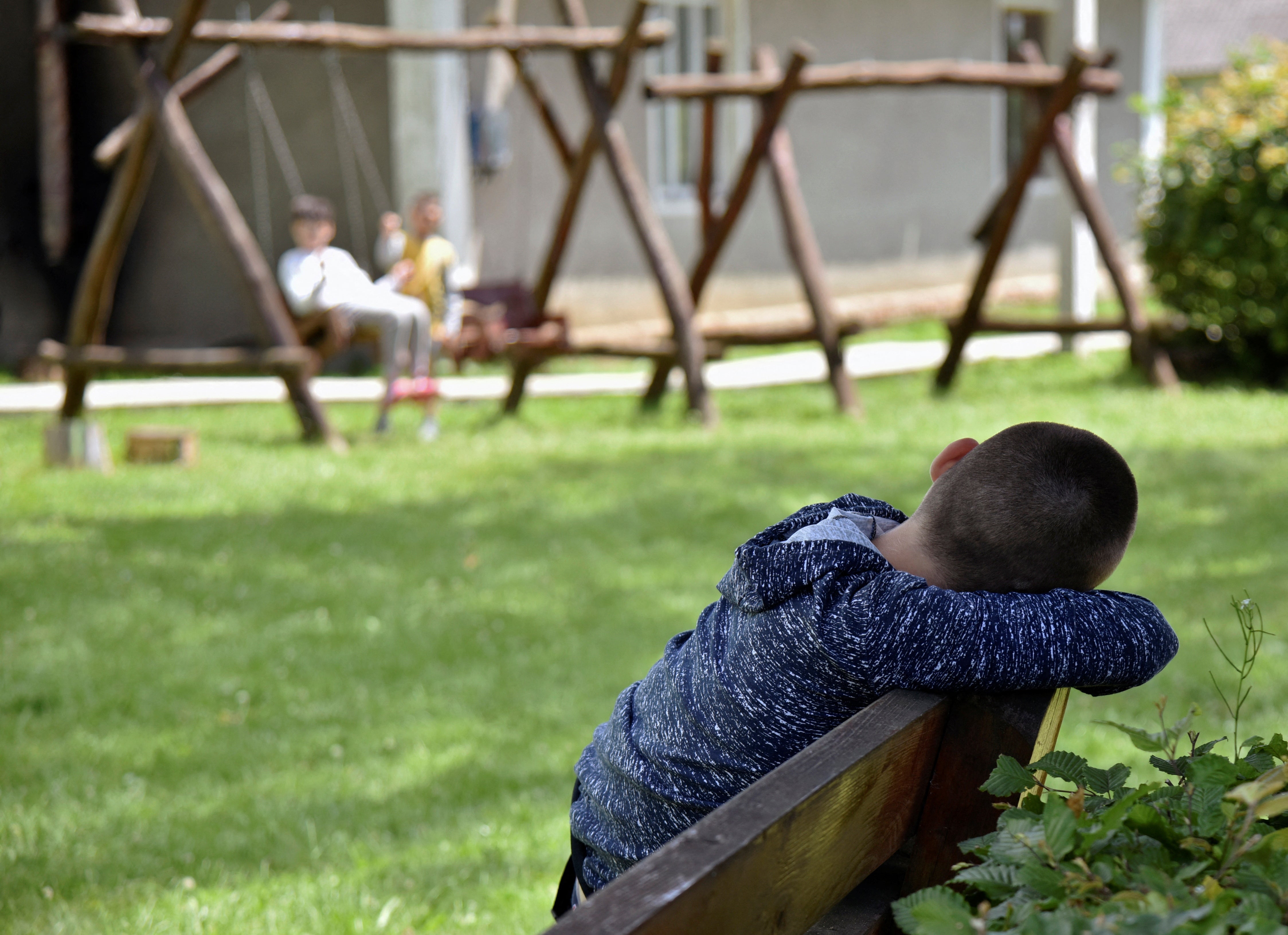
In June, nurses accompanied Tanya on the 11-hour train ride west. Her carers said they were worried – a gesture as slight as the turn of a page in a book can distress an autistic child.
Together with children from nearby institutions, loaded in six ambulances, they were brought to the station, where police prevented filming. Tanya was moved to a former hospital in the village of Dzhuriv in the Ivano-Frankivsk region.
When Tanya arrived at the Lelechenya (Little Stork) rehabilitation centre, she was tearful and agitated, according to a Reuters reporter who visited a few days later.
The centre’s director, Lilia Ambrozivna, said the home was not designed for residential use, and she was used to children with “simpler conditions”.
The new arrivals were unpredictable, frantic, Ambrozivna said.
However, by August, Tanya was “settling well,” the director said.
Join our commenting forum
Join thought-provoking conversations, follow other Independent readers and see their replies
Comments